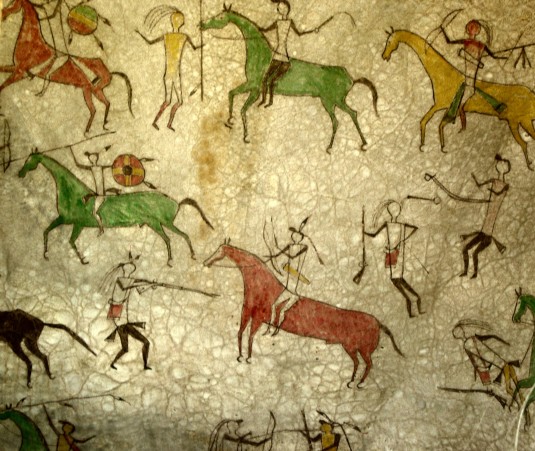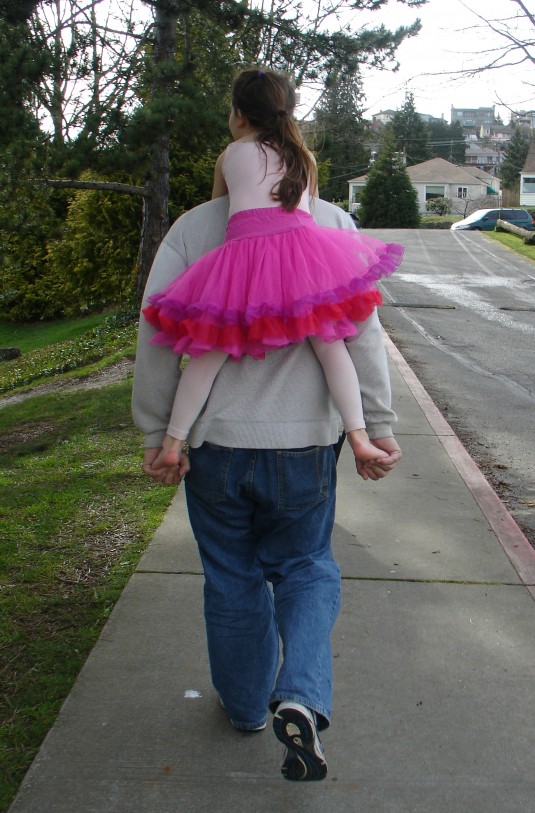Tell Me a Story: Content Marketing 101
“Tell me a story” is a cliché. Children have been demanding it of parents since time began, and today it is a mantra that content marketers repeat to their clients. But with all that’s been written about storytelling in content marketing and who does it best (see Coca-Cola), few talk about how to tell a story, let alone how to use images to drive the story.

Humans have been using images to tell our stories for millennia. We began, some say, with images on cave walls, and in the 21st century, our stories have migrated to the Internet and other new media platforms. But no matter when, how or who is doing the telling, effective and memorable tales by master storytellers draw upon the same key elements: character, organization of events and a unique point of view.
Character
All stories are about us, whether the characters are humans, talking pigs or aliens. Your audience wants to identify with the story, and crafting specific characters that we can identify with is one of the easiest ways to do this. Forget stereotypes; advertising has relied on two-dimensional clichés for so long that they no longer work. Nerdy nice guys, overworked moms, bratty kids and mean bosses are passé. If you’ve done your content marketing homework, you know exactly who your target audience is and you’ve defined that audience with specific personas. Stories are one way to put them to work.


Which group of guys is your marketing story addressing?
Organization of Events
 Does your story begin at the beginning, in the middle or at the end? Is there a rising series of events that lead to a point that must be resolved (the crisis) and is there a resolution? Not every story starts at the same point. How much time you have to tell the tale and how much knowledge your viewers bring to the story help determine how you’ll organize the key elements.
Does your story begin at the beginning, in the middle or at the end? Is there a rising series of events that lead to a point that must be resolved (the crisis) and is there a resolution? Not every story starts at the same point. How much time you have to tell the tale and how much knowledge your viewers bring to the story help determine how you’ll organize the key elements.
Consider this photo of a little girl getting a piggyback ride. Where are we in this story? Is she dressed up for fun or for dance class? Is this before class or after a party? Is she having fun or being consoled? Each answer puts us at a different point in her story and will likely have a different resolution.
Point of View
Stereotypes and clichés work for a reason: the world is filled with them. Storytellers are faced with the challenge of taking characters and events that have existed from the beginning of time and making the story new and fresh. They do this by offering a new perspective. Think about North Dakota.
Which image reflects your view of North Dakota? One is alive with unexpected color, and the other reinforces negative stereotypes.


The Internet offers unexplored territory to carve out shared spaces for storytelling. Savvy marketers are telling stories in new ways with Pinterest, Instagram and YouTube. Don’t be afraid to try something new. Tell us a one-minute story, use a comic book approach, use only images or tell it backwards. But tell us a story. We’re waiting for it.
Kathleen Gossman – Project Manager



